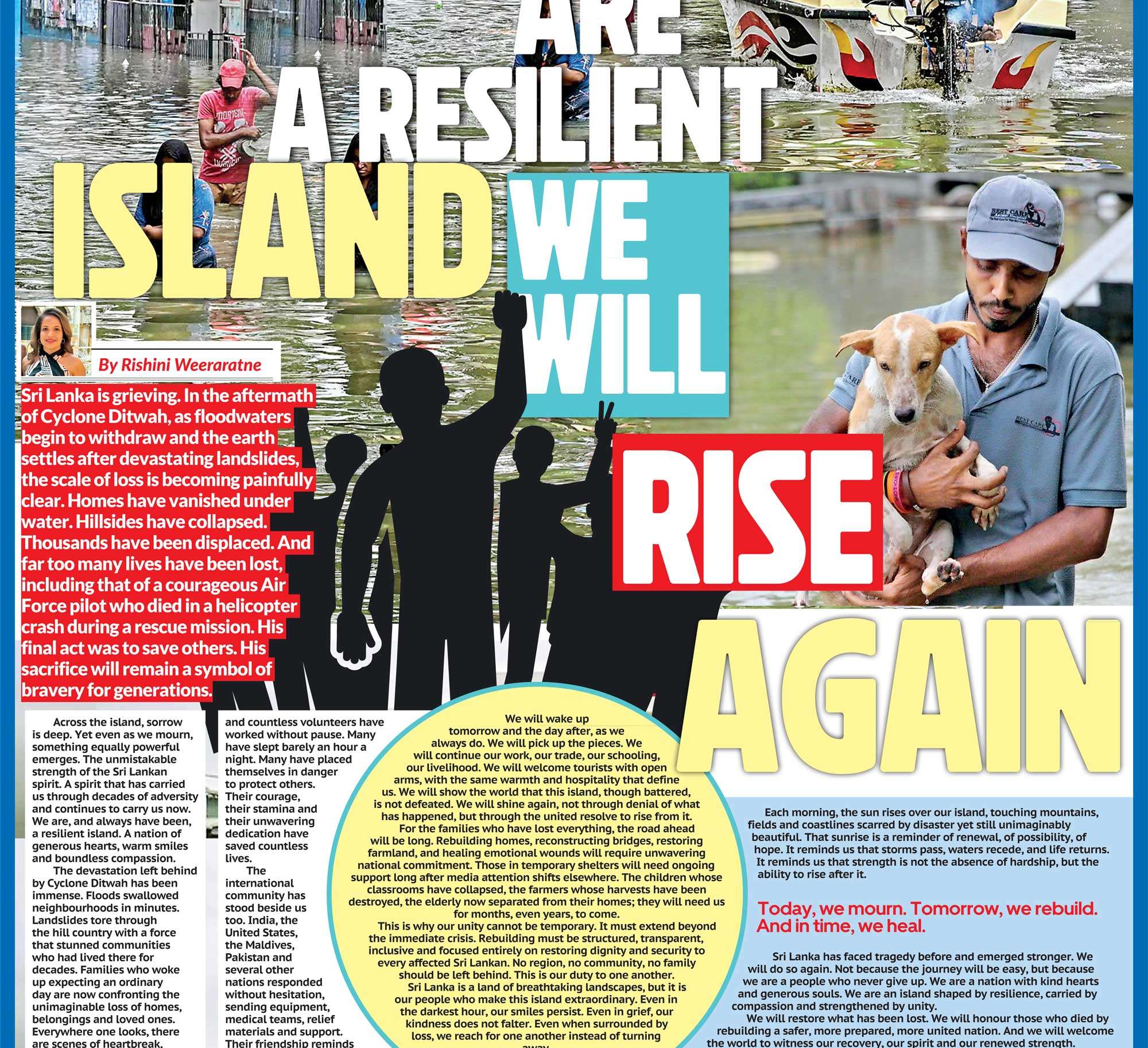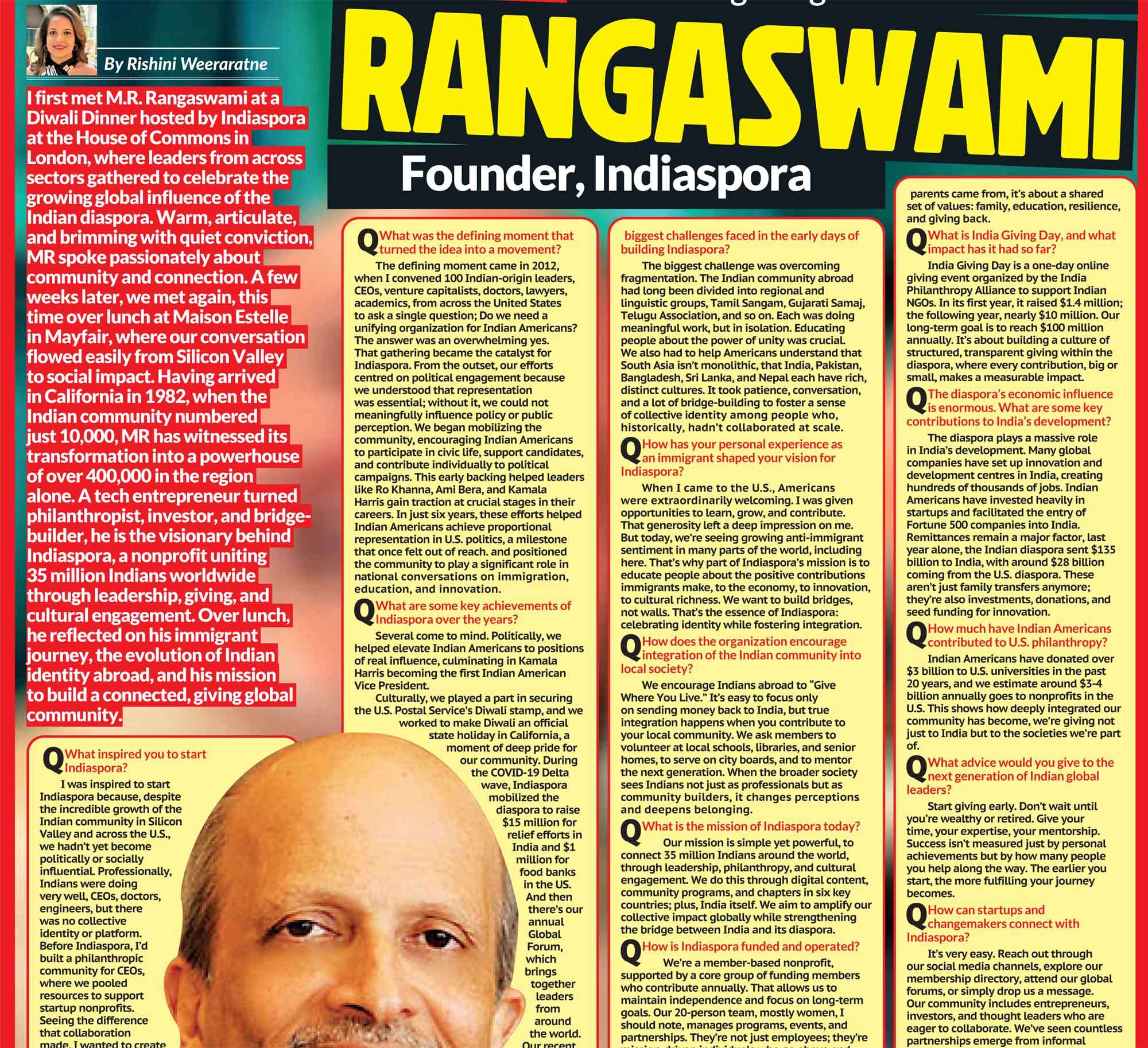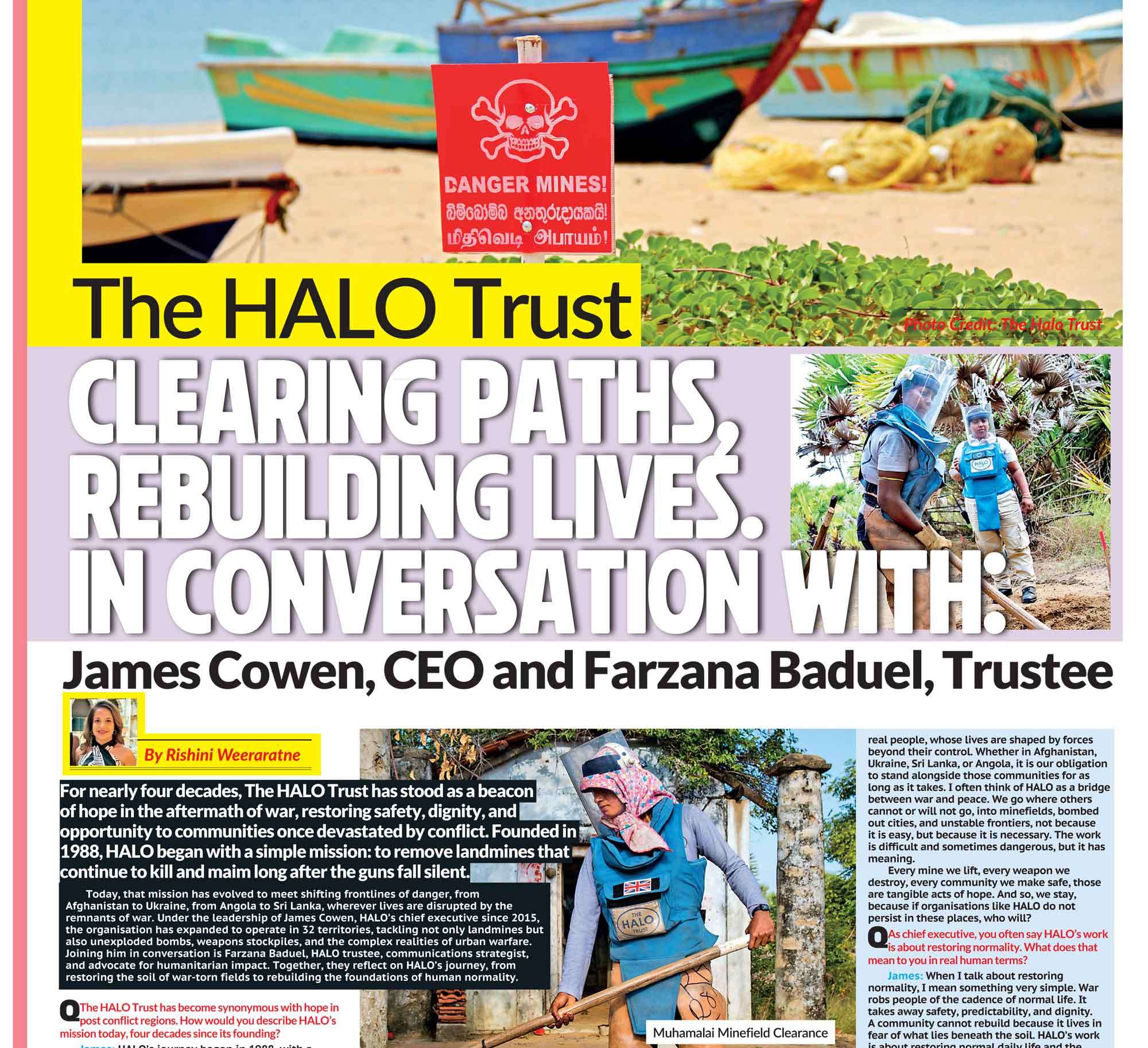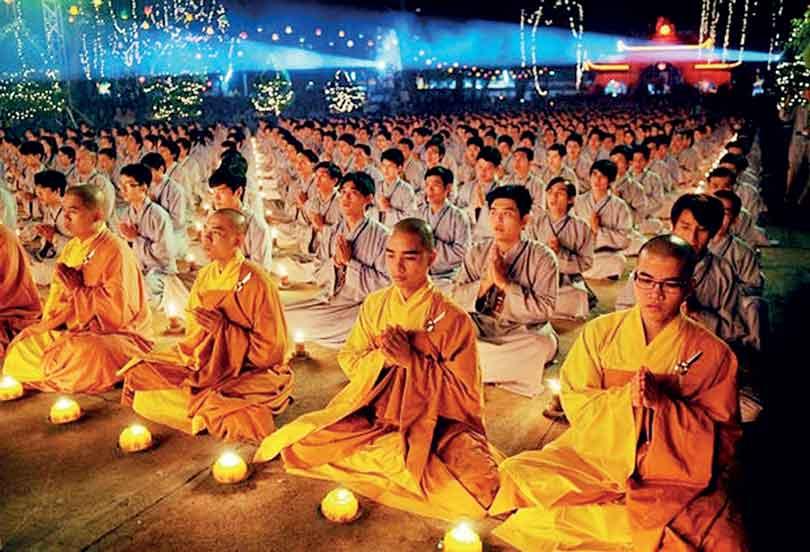
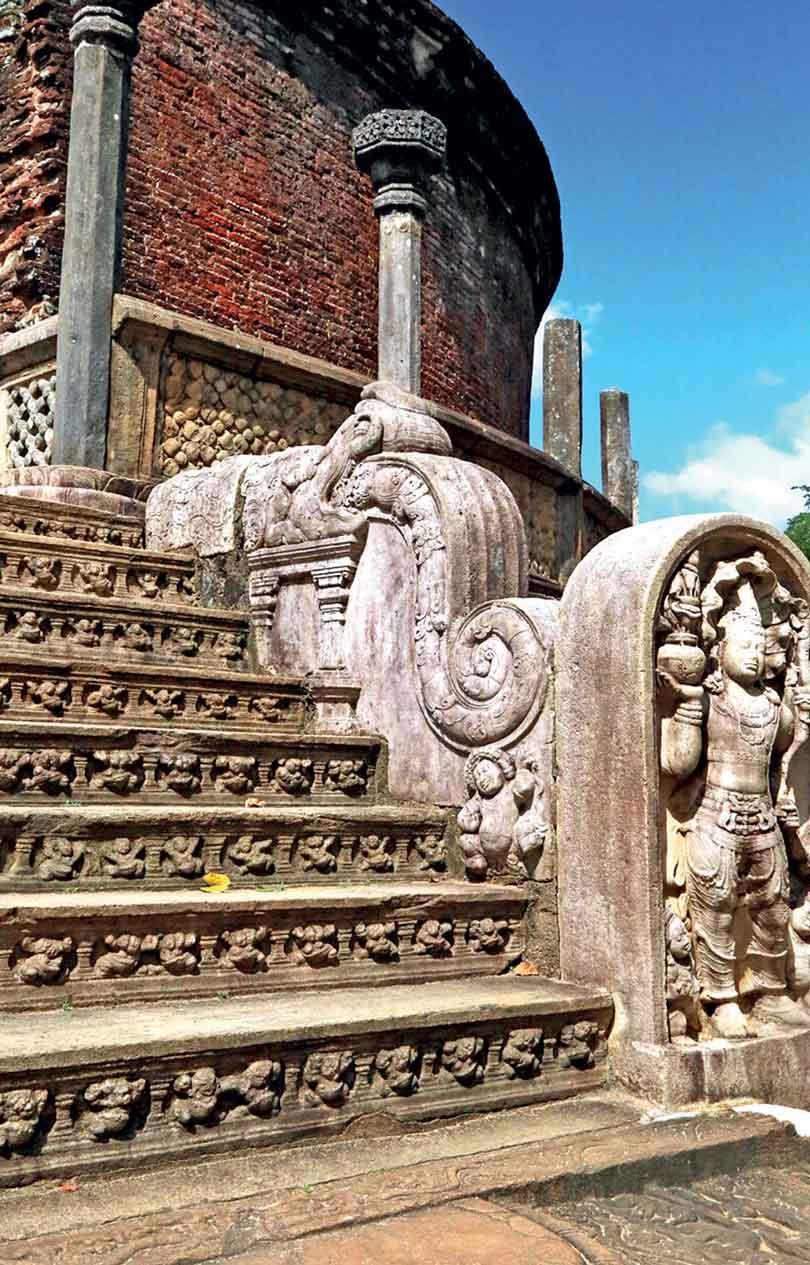
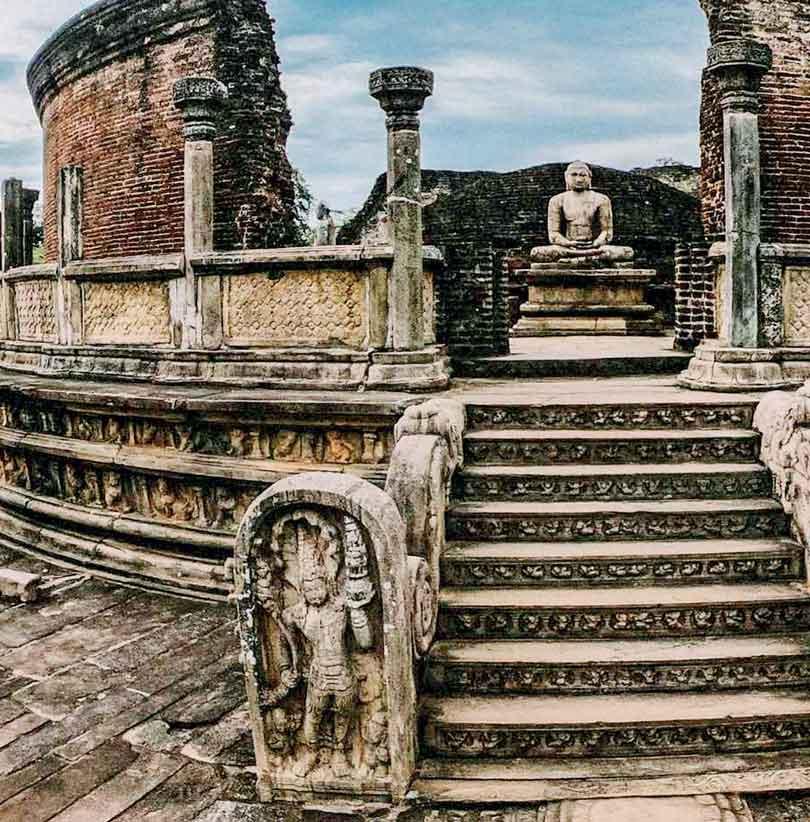
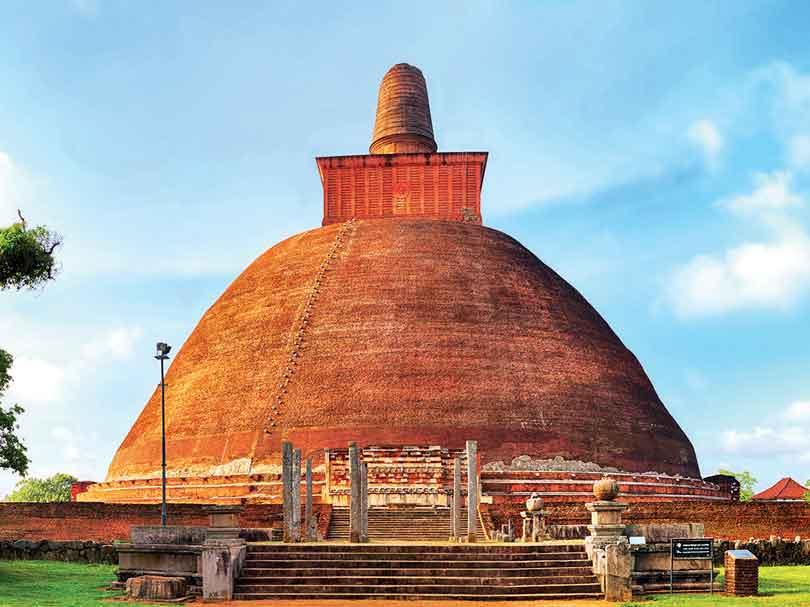
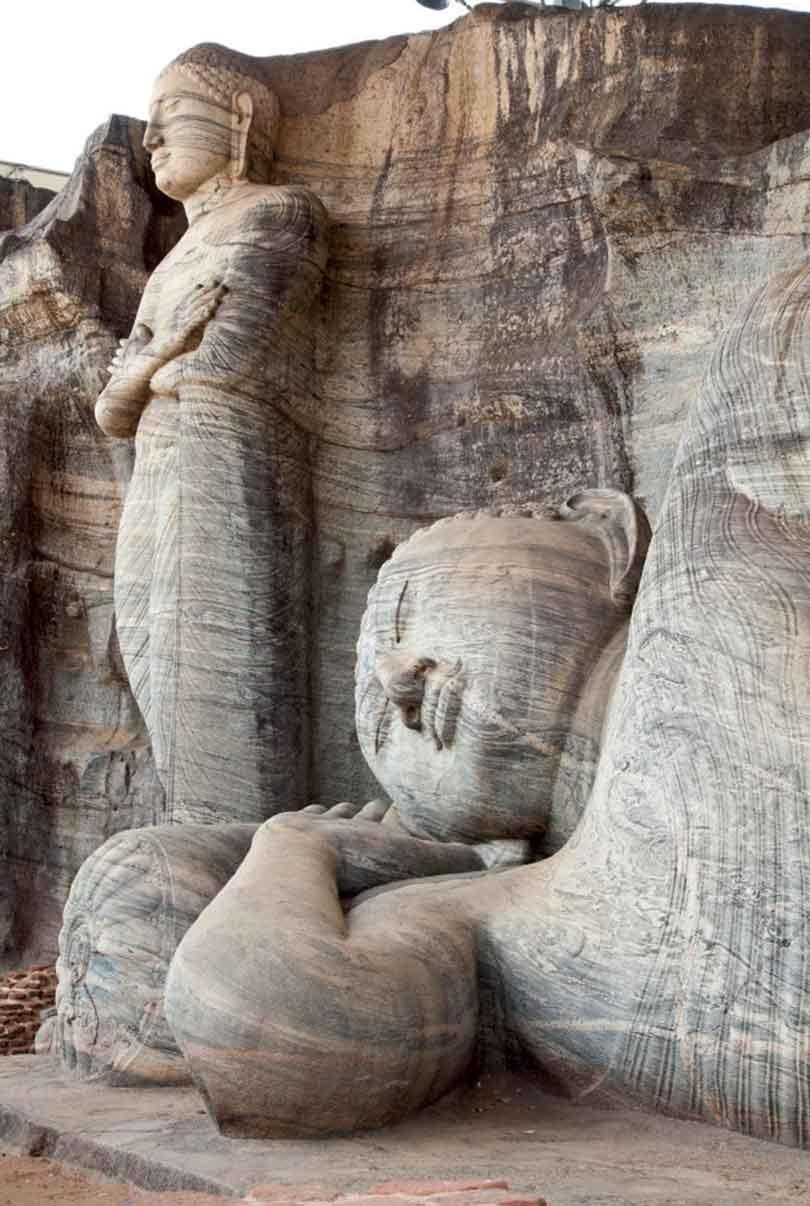
Mahinda was a Buddhist monk sent as a missionary to spread the teachings of the Buddha. Landing in the ancient kingdom of Anuradhapura, Mahinda’s arrival coincided with the reign of King Devanampiya Tissa, who was profoundly influenced by the new faith.
1
Sri Lanka, often called the “Pearl of the Indian Ocean,” is a land where history, spirituality, and culture are intricately woven into the fabric of everyday life. At the heart of this vibrant island’s identity lies the Sinhalese Buddhist culture, the dominant cultural and religious force that has shaped much of Sri Lanka’s social and historical landscape for over two millennia.
To truly appreciate the richness of this heritage, it is essential to explore the origins of the Sinhalese people, the introduction of Buddhism by Mahinda, the grandeur of ancient kingdoms like Anuradhapura and Polonnaruwa, and the enduring cultural values that continue to influence daily life.
2
The Origins of the Sinhalese People and the Arrival of Buddhism
The Sinhalese people trace their origins back to ancient migrations from Northern India, believed to have occurred around the 5th century BCE. According to the Mahavamsa, Sri Lanka’s ancient chronicle, the legendary Prince Vijaya and his followers arrived on the island and established the first Sinhalese settlements. These early inhabitants laid the groundwork for a civilization that would flourish for centuries. A pivotal moment in Sinhalese history came in the 3rd century BCE with the arrival of Mahinda, the son of Emperor Ashoka of India. Mahinda was a Buddhist monk sent as a missionary to spread the teachings of the Buddha. Landing in the ancient kingdom of Anuradhapura, Mahinda’s arrival coincided with the reign of King Devanampiya Tissa, who was profoundly influenced by the new faith. The king’s conversion to Buddhism marked a turning point, Buddhism was embraced as the state religion, fundamentally shaping the island’s culture, governance, and spiritual outlook. This historic introduction of Buddhism catalyzed a transformation that extended beyond religious beliefs to encompass art, architecture, law, and social values. The establishment of the Mahavihara monastery in Anuradhapura became the center for Buddhist learning and cultural development, reinforcing the faith’s foundational role in Sinhalese society.
3
The Ancient Kingdoms: Anuradhapura and Polonnaruwa
The ancient capitals of Anuradhapura and Polonnaruwa stand as majestic testaments to the Sinhalese civilization’s architectural, engineering, and cultural prowess.
Anuradhapura: The Sacred Capital
Anuradhapura, founded around the 4th century BCE, served as the first major Sinhalese kingdom and spiritual center for over a millennium. Its carefully planned cityscape features monumental stupas (dagobas), royal palaces, and extensive irrigation systems that attest to the ingenuity of its inhabitants.
One of the most revered sites in Anuradhapura is the Sri Maha Bodhi, a sacred fig tree grown from a cutting of the original Bodhi tree under which the Buddha attained enlightenment. Planted in the 3rd century BCE, it is considered the oldest historically authenticated tree in the world and a symbol of the enduring legacy of Buddhism in Sri Lanka. The grandeur of stupas such as Ruwanwelisaya and Jetavanaramaya reflects the kingdom’s devotion to Buddhist ideals, serving as monumental reliquaries and centers for religious practice. The artistry and scale of these structures also highlight the harmonious blend of spiritual devotion and royal authority.
5
Core Cultural Values: Mindfulness, Compassion, Respect, and Harmony
At the heart of Sinhalese Buddhist culture lie a set of core values that continue to guide personal behavior, social interactions, and communal responsibilities.
Mindfulness and Compassion
Inspired by Buddhist teachings, mindfulness is practiced as an awareness of thoughts, feelings, and actions, encouraging individuals to live with intention and ethical consideration. Compassion (karuṇā) is a central virtue, emphasizing kindness not only towards fellow humans but all sentient beings. This ethos manifests in everyday life through generosity, non-violence (ahimsa), and efforts to alleviate suffering.
6
Conclusion: The Living Legacy of Sinhalese Buddhist Culture
Sinhalese Buddhist culture stands as a profound legacy that continues to shape Sri Lanka’s identity. From its ancient origins and majestic kingdoms to the timeless values of mindfulness, compassion, and community, this culture weaves history and spirituality into the daily lives of millions. Understanding this heritage invites us to appreciate not only the monumental achievements of the past but also the vibrant, living traditions that endure in modern Sri Lanka, offering lessons in resilience, harmony, and the pursuit of inner peace. As the island moves forward, these cultural foundations provide a compass for future generations, ensuring that the essence of Sinhalese Buddhist culture remains a guiding light on Sri Lanka’s journey.
7
Respect for Elders and Social Hierarchy
Respect for elders and teachers is deeply ingrained, reflecting a broader value system that honors wisdom and experience. Elders often serve as custodians of tradition and are consulted on important family and community matters. This respect fosters strong familial bonds and societal stability.
Community Harmony and Interdependence
The Sinhalese culture places great emphasis on community cohesion. Village life traditionally revolves around collective activities such as temple maintenance, agricultural work, and festival preparations. This interdependence reinforces social harmony and shared responsibility, allowing the culture to thrive despite challenges.
Buddhism’s Influence on Daily Life, Governance, and Architecture
The pervasive influence of Buddhism extends into multiple facets of Sinhalese life, creating a unique cultural ecosystem where spirituality and practicality coexist.
Daily Life
Buddhist principles inform daily routines, including morning and evening prayers, meditation practices, and participation in temple activities. Many households maintain small shrines or altars where offerings are made to the Buddha, reinforcing spiritual mindfulness at home.
Governance and Law
Historically, Sinhalese kings ruled as Dharmaraja, rulers who govern according to Dharma (moral law). This concept intertwined political authority with ethical responsibility, mandating that rulers act justly and protect their subjects. Ancient legal codes and administrative systems were often influenced by Buddhist ethics, emphasizing fairness, welfare, and moral conduct.
Architectural Expression
Buddhism’s spiritual ideals find vivid expression in Sinhalese architecture. Temples (vihara), stupas (dagoba), and monastic complexes are designed not only as places of worship but as embodiments of Buddhist cosmology and symbolism. Structures often incorporate geometric precision, symbolic sculptures, and serene surroundings that facilitate meditation and spiritual reflection. The use of local materials and craftsmanship connects these sacred spaces to the natural environment, reinforcing Buddhist teachings on harmony with nature.


